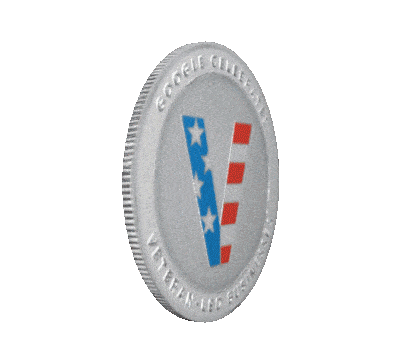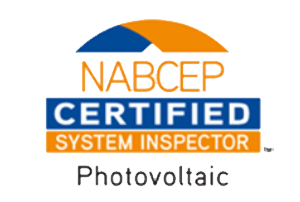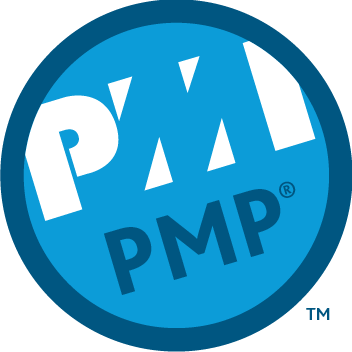Building Performance Series – Air-Conditioning & Indoor Humidity Issues
Having Air-Conditioning & Indoor Humidity issues? This series of articles explores building performance issues encountered during in-home consultations and assessments for my clients. My name is Patrick and I am a solutions advisor for Home Performance Group.

The Case of the “P” Trap and a Rubbermaid Container of Water
Through Facebook, a local homeowner contacted us about high humidity problems in their home. They were considering investing in a whole home dehumidifier, which can be a great solution to achieve optimal indoor humidity levels, but can be expensive. Before recommending this route, we wanted to assess the home and make sure a dehumidifier was in fact the best solution. High humidity can be a result of many factors, some are normal conditions such as bathing, cooking, and even having large crowds. Others are more systematic issues due to improper operation of the air-conditioning system. Let’s take a quick aside and discuss how your Heating, Ventilation, and Air-Conditioning (HVAC) system is supposed to work.
Home Comfort and Your Air-Conditioning System
Conventional HVAC systems consist of the Air Conditioner (AC) or Heat Pump (HP), Evaporator Coil, Furnace or Air Handler, and ductwork. The system performs three functions: first, it heats or cools air as it passes through the furnace and coil. Second, the ductwork and furnace or handler function to distribute, recycle, and filter air in the house. And finally, during the cooling season, the air-conditioner and coil remove humidity from the air. Think of a glass of ice water. After some time in warm air, the glass begins to “sweat” as the humidity in the warm air condenses onto the cold glass. This exact same process happens as warm, humid air from the house passes over the cold evaporator coil. If properly sized and installed, your HVAC system should perform all 3 functions optimally, under designed conditions. What does proper sizing mean?
Manual J Load Calculations Are the Foundation of Proper Sizing
Let me explain. The industry standard for proper heating and cooling equipment sizing is an ACCA Manual J Load Calculation. Take a look at this article for an in-depth overview by our in-house training director. 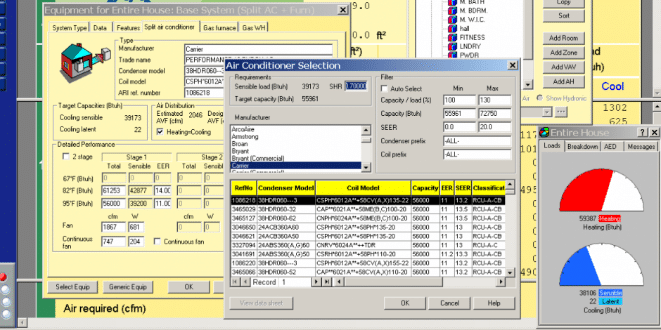
Partial Loads and Benefits of Multi Stage Heating and Cooling
Going back to high humidity in a home. There are instances when a properly sized air-conditioning system will not keep the home at a comfortable indoor humidity level. When a system operates under partial load, meaning it needs less than the full cooling capacity, the system will run a shorter cycle resulting in less dehumidification of the air. This will be especially evident if your system only has a single stage air conditioner or heat pump which can only operate in the off position or on at 100% capacity. Imagine this: you’re having a barbeque on an August afternoon and you’re sweating because it’s hot, humid, and the sun is shining on you. Then you walk in the house with your bounty and the cool, dry air-conditioning hits your face and you are instantly engulfed in comfort. This is how a properly installed and maintained single stage system should work. 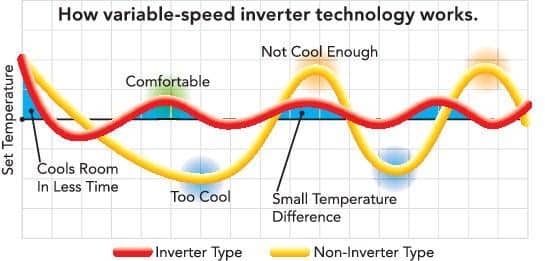
Other Causes of Humidity
Let’s assume for a moment, that our homeowner had a properly designed and installed heating and cooling system. What are some other issues that could lead to high humidity? Duct work could be an issue, such as undersized returns, not enough return registers, or leaking ducts. Your home could have a high infiltration rate of outside air, either through homeowner habits or having a poorly built home with open seams for air to enter. Think of the air movement you may feel around the outlet and switch boxes on outside walls. Homes without a moisture and vapor barrier around the basement, or an improperly applied barrier, could allow excess moisture from the soil into the basement. There are a number of other building science causes as well. All that said, when we are contacted by a client with high humidity problems, generally, the primary culprit by a landslide is an oversized heating and air-conditioning system. I’ll have an upcoming article in a few weeks that discusses how oversizing impacts humidity levels in the home, but oversized equipment was seen in 33% to 48% of homes the EPA examined across multiple regions in the United States. When a system is oversized, your home is always in a partial load situation and the system short cycles leading to, among other things, high humidity.
Back to the Case Study
When Josh, our Senior System & Technical Quality Inspector, and I arrived at the home, we interviewed the homeowner for insight into the system’s operation. It did not appear that the system was short cycling, in fact the homeowner said the system had, at one point a few days prior, run nonstop for multiple hours.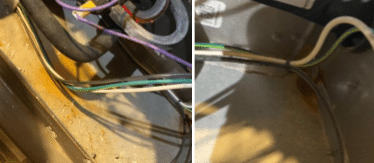
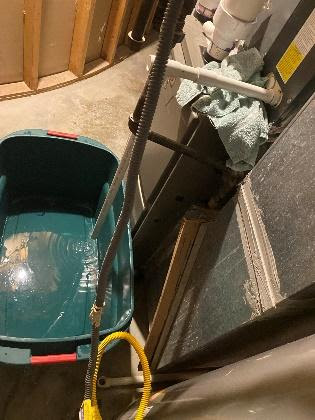
In addition to the condensate drain issue, it was determined that the coil which had recently been replaced and it was undersized compared to the furnace, meaning the furnace blower motor was pushing more air than the coil was capable of cooling, contributing to the system’s inability to pull humidity out of the house. Finally, the basement was finished out recently and there were no returns placed in the basement meaning it was difficult to pull the cooler damp air out of the basement. Air from the supplies floods the basement, but it has to create a pressure differential to push the air upstairs. Since the air in the basement is cooler, the air tends to settle. We recommended adding two return ducts.
The results of our assessment and small repair? After just three days the client’s thermostat readings showed indoor humidity had dropped from 60% to 53%. When we install the two returns in addition to the condensate fix, we expect the client will achieve a comfortable humidity level at or below 50% and for a fraction of the cost of adding a whole home dehumidifier. Additionally, he should not have any further damaging moisture pouring into the furnace.
In sum, when you hire a licensed, trained, and credentialed contractor, you are potentially saving yourself more money down the line versus someone who is not. Had a marginally trained contractor been hired, like the one who originally installed the condensate drain line and flue vents, they likely would have just provided a bid for dehumidifier, without much inspection. By doing the right thing, we generated less revenue in the short term than installing a whole home dehumidifier. By choosing to go with a “people before profits” approach, we addressed the underlying issue, saving the client from having to replace his furnace prematurely due to rusting. Additionally, due to the large amount of water retention, his coil created an environment for mold growth, potentially causing health concerns down the line. Long term, we are grateful to have earned another lifelong client.
Home Performance Group Air-Conditioning Repair Services in Kansas City
Uncomfortable indoor humidity has many causes. Consider hiring a licensed mechanical professional with specialized knowledge and experience in comfort problems. An investment in home performance and proper diagnostics can save thousands on unnecessary repairs and equipment.
At Home Performance Group, we continue to invest in building science and performance training. We have performed numerous home performance assessments addressing heating and cooling equipment sizing, ductwork, airflow and installation. If you are interested in a no cost in-home consultation, schedule with a Solutions Advisor today.
If you are interested in a no-cost in-home consultation, schedule with a Solutions Advisor today.

Article by Patrick C. Sittenauer, 23 Aug 2021
Patrick is a graduate of the University of Kansas earning a Bachelor of Arts Degree. Additionally, he has earned a Federal EPA 608 universal certification in Air-Conditioning and Refrigeration, and advanced credentialing in project management, quality control, and JIT logistics. Patrick is a two-time combat veteran having served in Operation Resolute Support and Operation Inherent Resolve. He continues to serve through a value-based building science company focused on providing clients personalized consultations, customized solutions, and the best design and highest quality installations in the community.


Featured Service Areas:
| Missouri | Kansas | ||||
|---|---|---|---|---|---|
|
Belton Blue Springs Cameron Excelsior Springs Gladstone Holt |
Independence Kansas City Kearney Lathrop Lawson Lee's Summit |
Liberty North Kansas City Parkville Platte City Plattsburg Polo |
Raytown Riverside Smithville Sugar Creek Weston |
Kansas City Lansing Leavenworth Leawood Lenexa |
Merriam Mission Mission Hills Praire Village Shawnee |






